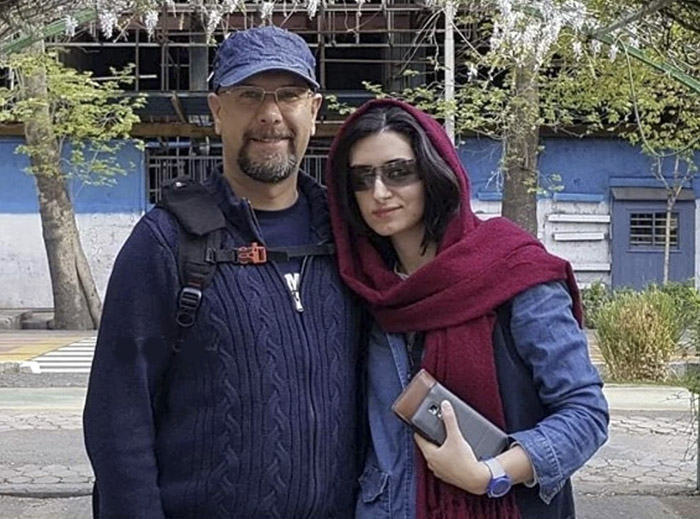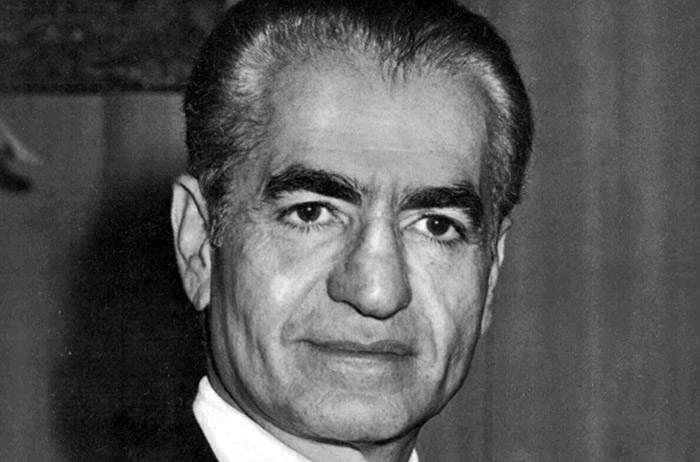CIA Agent Reveals Adolf Hitler’s Possible Escape to Argentina: The Austrian Fascist Legacy and Its Impact

Resistance Movements
Despite the oppressive regime, resistance movements emerged throughout Austria, employing various strategies to combat fascism.
- Political Resistance: Groups such as the Austrian Resistance were formed by those who opposed Nazi rule. They engaged in sabotage, information dissemination, and aid to those persecuted.
- Religious Resistance: Clergy and religious leaders often took a stand against Nazi ideology, speaking out against the moral and ethical implications of Nazi policies.
- Post-War Reflection: The resistance is often romanticized, yet it is essential to recognize the complex interaction between collaboration, complicity, and genuine opposition.
The End of Fascism and its Aftermath
World War II ended in 1945, leaving a significant impact on Austria and its political landscape.
- Post-War Occupation: Austria was divided among the Allied powers, leading to a re-examination of its past and complicating efforts to come to terms with its fascist history.
- Denazification Processes: The denazification of Austrian society revealed deep-seated issues of complicity and collaboration. Many former Nazis retained significant influence in post-war politics.
- Austrian Identity: The question of Austrian identity became pivotal in the years following the war. Debates arose about the extent to which Austrians were responsible for the atrocities committed during the Nazi regime.




